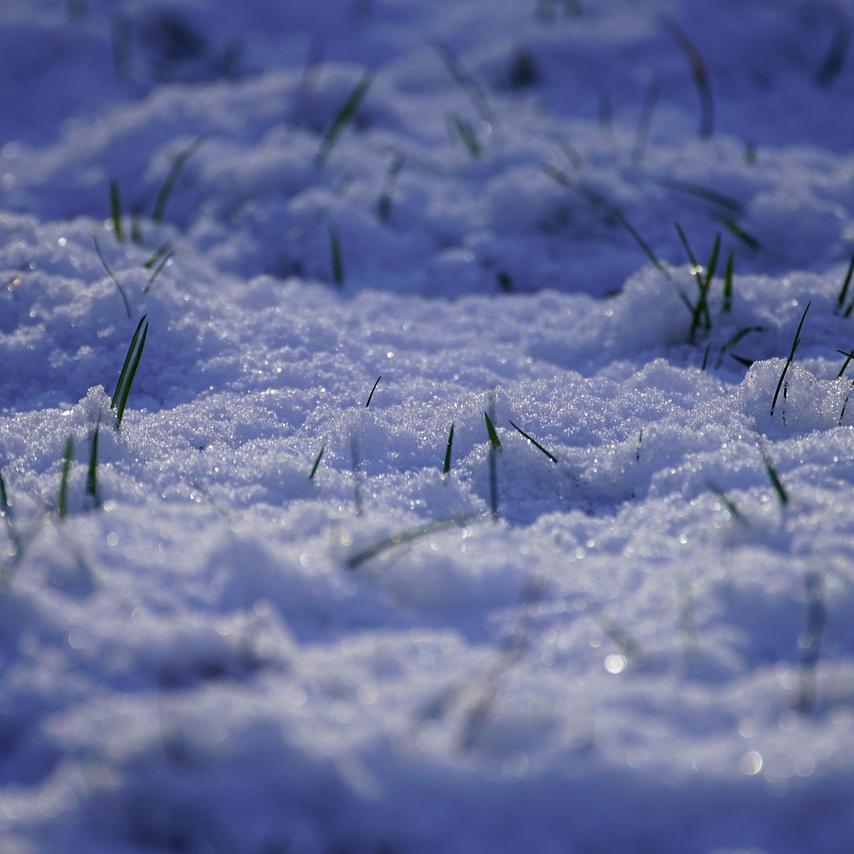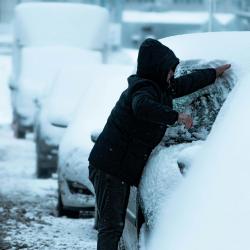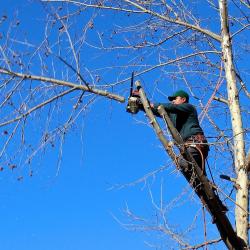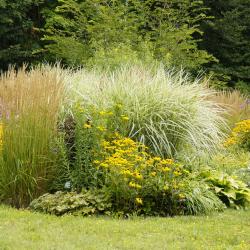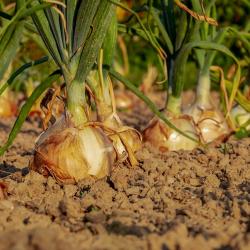Winterizing Your Lawn: Essential Tips for the Cold Season
As the vibrant colors of autumn wane and the brisk chill of winter approaches, homeowners are tasked with preparing their homes for the colder months ahead. While much attention is often given to winterizing the inside of a house, your lawn needs just as much care to ensure it emerges healthy and lush when spring arrives. Winterizing your lawn is an essential step in maintaining its health and appearance. Here are some essential tips to help prepare your lawn for the cold season.
1. Clean Up Debris
Before the first frost hits, it's crucial to clean your lawn of leaves, twigs, and other debris. While a layer of leaves might seem harmless, it can smother the grass, inhibit growth, and create an environment conducive to disease and pests. Regular raking or using a leaf blower will help keep the lawn clear. Additionally, removing debris will improve airflow and prevent mold and fungi from developing during the damp winter months.
2. Mow Appropriately
Adjusting your mowing habits as the season changes is vital. As winter approaches, gradually decrease the height of your mower blade. The final few mowings of the season should leave the grass about 2 to 2.5 inches tall. This height is ideal as it is short enough to avoid matting under snow but long enough to protect the roots from the cold.
3. Aerate the Soil
Aeration is a crucial step that allows for better air exchange, nutrient absorption, and water infiltration in the soil. By perforating the soil with small holes, you alleviate soil compaction and enable the roots to grow deeper and stronger. Early fall is typically the best time to aerate, giving the lawn ample time to recover before winter.
4. Fertilize for Strength
Fertilizing your lawn in the fall provides it with essential nutrients that help it withstand the winter months. Use a high-potassium, slow-release fertilizer to strengthen the grass's root system and improve its resilience against cold weather. The nutrients will remain in the soil, ready to nourish the grass as it begins to grow again in the spring.
5. Control Weeds
Weeds can compete with your grass for nutrients and space, so controlling them before winter is essential. Applying a pre-emergent herbicide in the fall can prevent winter weeds from germinating. Make sure to target weeds such as dandelions and clover, which can thrive in cooler conditions.
6. Water Wisely
While it's crucial not to overwater, providing your lawn with adequate moisture before the ground freezes is important. Deep watering in the weeks leading up to winter can ensure that the roots are hydrated. However, be mindful of local guidelines and avoid watering when a freeze is imminent to prevent ice forming on the grass.
7. Repair Bare Spots
Fall is an excellent time to address any bare or thin patches in your lawn. Reseeding these areas before winter can help them establish a root system before the cold sets in. Be sure to choose a grass seed that is suitable for your climate and lawn conditions.
8. Protect from Traffic
Grass can be fragile during the winter, especially when covered by frost or snow. Minimize foot traffic on your lawn during these times to prevent compaction and damage. Consider marking walkways or creating temporary paths to guide visitors away from vulnerable areas.
Conclusion
Winterizing your lawn is an investment in its long-term health and beauty. By taking these essential steps to prepare for the cold season, you'll ensure that your lawn can endure the harsh winter months and return vibrant and green come spring. Taking the time to care for your lawn now will pay off with a lush and healthy landscape that enhances your home's curb appeal year-round.
